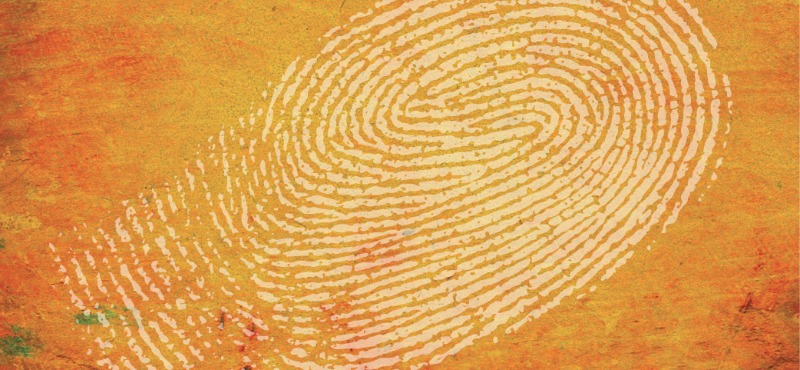Spoliation—the destruction of or denial of access to relevant evidence that harms another party’s position in a dispute—has become a point of contention among parties seeking a fair presentation of their case. Like judges, arbitrators, known for their streamlined and confidential approach to dispute resolution and providing relief from strict conformity to the rules of evidence, have been asked to address this issue.
The rules addressing the scope of arbitrators’ authority and recent decisions on spoliation offer a guide on ways to treat cases of spoliation raised in arbitration.
The rules of major arbitration organizations—including the American Arbitration Association (Commercial Arbitration Rules and Mediation Procedures), Financial Industry Regulatory Authority (FINRA) (Code of Arbitration Procedure), International Centre for Dispute Resolution (International Dispute Resolution Procedures), and JAMS (Streamlined Arbitration Rules and Procedures)—provide that arbitators may exercise discretion about which evidentiary procedures to follow and when to issue monetary sanctions, draw adverse inferences, or exclude evidence. In short, arbitrators can decide if the loss of information will affect the outcome of the case and how to overcome that complication.
Following the December 2015 amendment to Rule 37 of the U.S. Federal Rules of Civil Procedure (Rule 37) on the preservation of electronically stored information (ESI), there has been an outbreak of 2016 decisions on how to remedy the loss of material evidence in pending disputes.
Broadly, Rule 37 states that federal judges may issue sanctions, issue adverse inference instructions, dispose of a case, or take other measures to cure the harm done to another party by the party who lost the information or failed to comply with its disclosure obligations.
In 2016, federal courts evaluated Rule 37. In NuVasive, Inc. v. Madsen Medical, Inc., the Southern District of California applied the letter of this rule and issued an adverse inference instruction. The Eastern District of New York in Securities and Exchange Commission v. CKB168 Holdings, Ltd. did the same. The Southern District of Florida in Living Color Enterprises Inc. v. New Era Aquaculture, Ltd. and the District of Maryland in Ericksen v. Kaplan Higher Education, LLC also relied on the rule, but determined whether to issue sanctions only. Unlike this line of cases, in CAT3, LLC v. Black Lineage, Inc., the Southern District of New York relied on the court’s inherent power to impose sanctions instead of under Rule 37. These decisions suggest that, of the available remedies, judges prefer sanctions or adverse inferences over disposing a matter before an evidentiary hearing is held.
Each state court, immune from application of federal rules, has its own set of remedies that govern the issue of spoliation, which may include sanctions, civil penalties, criminal penalties, a criminal sentence, rebutabble presumptions, or a cause of action.
Thus far in 2016, FINRA addressed spoliation in two public arbitration awards. On a motion for remedial action based on spoliation with request for sanctions in Speer v. Morgan Stanley (Florida) and a motion to exclude evidence and for sanctions to remedy spoliation in Sun Trading v. Fitzgerald (Illinois), both requests were denied.
Irrespective of the rules of evidence that are followed or in what forum, the consensus seems to be that so long as the disturbance is addressed, an allegedly missing piece of evidence should not negate either party’s ability to have its case heard. In fairness, parties should have their day in hearing.

































